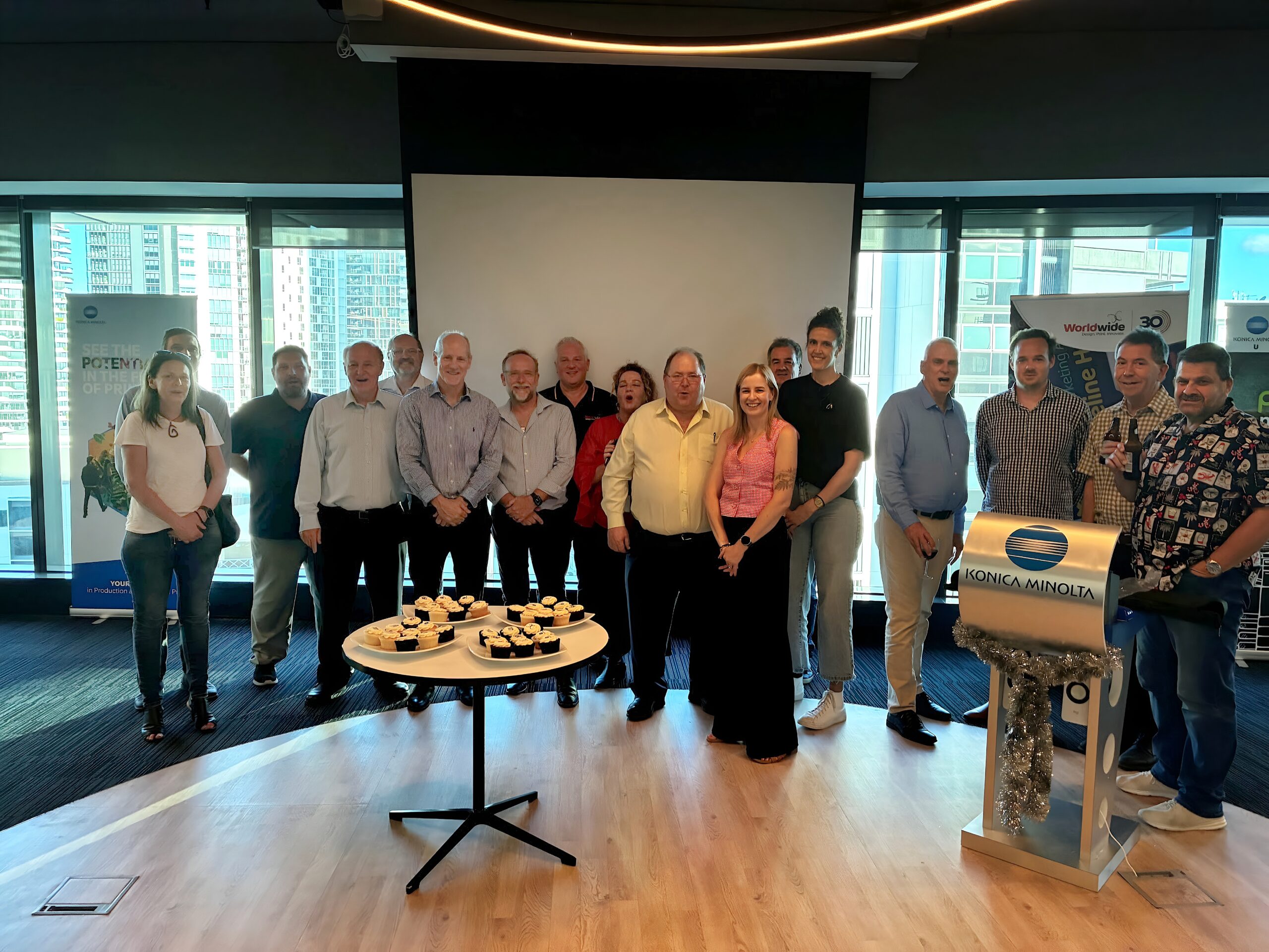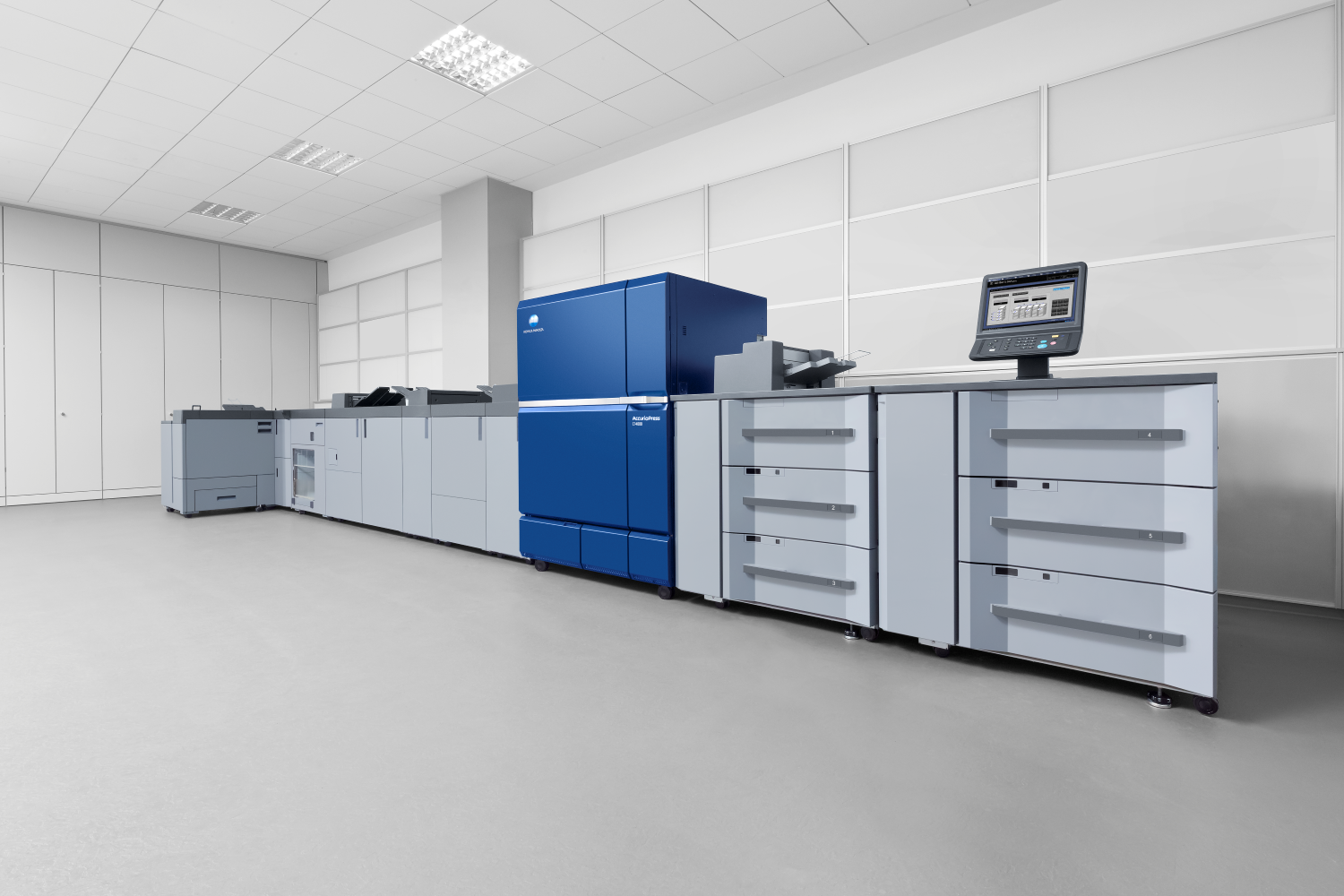
In today’s fast-paced and disruptive age, smart organisations and brands are conscious of the threat of being left behind or being caught off-guard. Leveraging emerging technology is paramount for a business that intends to last. In order to embrace the latest digital tools, a business needs a culture and mindset that fosters openness, agility and adaptability.
Here are 3 key areas to embracing the trends and technology of tomorrow.
1. Identify the tides. When it comes to embracing technology more quickly and more effectively, one of the biggest challenges is recognising the trends that really count and those that are temporary blips. I often like this to discerning the difference between the waves and the tides. Waves are the short-term trends, aberrations and fads that come and go – these can easily become strategic distractions.
Tides, on the other hand, are the broad-based, slower moving and all-pervasive changes that can alter the entire landscape. Leaders and organisations ignore the shifting tides at their peril.
In order to thrive in turbulent and technologically unprecedented times, you must get good at identifying the difference between distractions and disruptions – between waves and tides.
Business theorists will often refer to these ‘tides’ as discontinuities. In an organisational context, ‘discontinuities’ are defined as unpredictable and unforeseen changes that confound existing assumptions or expectations. Identifying the tides of discontinuity in their earliest stage is where the greatest opportunity lies. Those who fail to notice or choose to ignore these discontinuities early on will be rudely shocked by those who do.1
This distinction between waves and tides has been critically important in the wake of the coronavirus pandemic. While there have been no shortage of commentators suggesting that nothing will remain the same in a post-COVID world, the reality is that some things will return to much the way they were. Identifying the elements of work, society and life that have temporarily thrown into a state of flux (vs those that have been permanently altered) is vitally important.
2. Partner wisely. When digital disruption hit the toy sector years ago, Lego was at a crossroads. The leaders of the company had to decide whether they would fade into the background of children’s toys or somehow translate their distinctly physical product into a virtual world. One of their key strategic moves was entering a series of licensing arrangements with well-known movie franchises such as Star Wars, Batman and Indiana Jones to create co-branded play sets, video games and in more recent years a collection of movies.2
Knowing that their physical product could not compete with the technologically advanced inventions of the emerging age, they strategically partnered with them and boosted their success in doing so.
For organisations to stay at the cutting edge, the right partners are vital. Lego chose partners that had a similar target market in young audiences, a similar goal in wanting to entertain, and a product that could easily combine into something new. They chose partners that practically aligned with their own audience, goal and product, but were strategically beneficial in their use of technology. They were big enough to boost the business but alike enough to align effectively. The partnership empowered the product.
It was much the same for 169-year old manufacturer Corning in their March 2020 partnership with Nippon Paint. As the world grappled with how to respond to the coronavirus pandemic, Corning deployed their intellectual assets to develop a world-first paint finish that repelled the COVID-19 virus. However, without a partnership with Japanese giant Nippon Paint, such technology would never have had the scalability or success it did.
It boils down to the old adage: if you can’t beat them, join them.
3. Collaborate with technology. Today, technology is consistently framed through a lens of fear, as a detrimental threat to all current workers and industries. This fear is not without reason. Global consulting giant McKinsey suggest that at least one-third of jobs and roles could be automated and that by 2030, up to 375 million workers (roughly 14 per cent of the global workforce) will need to switch occupational categories.3
However, this threat is only detrimental to those who are unwilling to adapt to the changes technology will cause. Many jobs for humans will not necessarily disappear, they will simply look different. All workers will need to adapt, as their occupations evolve alongside increasingly capable machines.
The key words here are evolving alongside.
The recent rise of ‘cobots’ epitomises this idea. Cobots refer to robots which essentially collaborate with humans, boosting safety and efficiency in doing so.4 Cobots are able to take over the more mechanical, repetitive, mundane tasks, creating room for a human to utilise their problem solving, creative and relational skills.5 Rather than destroying jobs, they are creating them, offering an unprecedented collaboration opportunity for those willing to evolve.
Businesses and employees, because of emerging technology, have the chance to embrace their human factor and relationally engage with their customers in a way that the technological limitations of yesterday might not have allowed.
The adaptation that successful and technologically astute businesses will need to undergo may require higher educational attainment. It will mean spending more time on activities that require social and emotional skills, creativity, high-level cognitive capabilities and other skills that are relatively hard to automate.6
To productively work alongside technology, master your human factor.
Embracing technology more quickly and effectively requires a proactive, flexible and receptive organisational environment. This means identifying the tides in order to discern the trends that are worth responding to, choosing partners that technologically empower your product and collaborating with the technology while mastering your human factor.
Organisations that do this are setting themselves up to effectively embrace the technology that will brand the future.
1. Hamel, G. 2002, Leading the Revolution, Penguin, New York, p. 137.
2. Osterwalder, A & Pigneur, Y. 2010, Business Model Generation, Wiley and Sons, New Jersey, p. 72.
3. 2017, ‘Jobs Lost, Jobs Gained: Workforce Transitions In A Time Of Automation’, Mckinsey Global Institute, December.
4. Menear, H 2020, ‘The rise of the ‘cobots’’, Gigabit, 15 January.
5. Malik, A 2019, ‘Meet the cobots: the robots who will be your colleagues, not your replacements,’ The Conversation, 28 October.
6. 2017, ‘Jobs Lost, Jobs Gained: Workforce Transitions In A Time Of Automation’, Mckinsey Global Institute, December.





